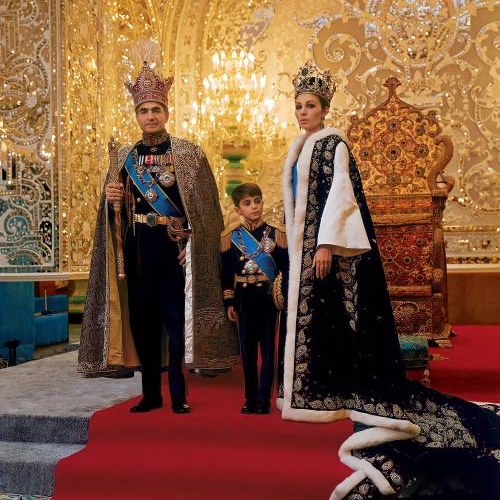Reflect on this history, the organization of cultural events could be a valuable idea. Some proposals for such events require collaboration between internal and external nationalists:
1. *Historical Exhibitions:* Organize exhibitions documenting the history of the Pahlavi dynasty and its impact on the cultural, social and economic development of Iran. Exhibits might include period photographs, artwork and historical documents.
2. *Conferences and seminars:* Organize meetings with historians, academics and experts to discuss the legacy of the Pahlavi dynasty and the historical context in which it emerged and fell.
3. *Showing Films and Documentaries:* Create and disseminate films and documentaries about the Pahlavi kingdom and related historical events.
4. *Musical events:* Hold concerts in capitals around the world to celebrate history through music.
5. *Contemporary Art Exhibition:* Presenting contemporary artworks by Iranian artists inspired by the history and period of the Pahlavi Dynasty in major global cities.
To make this historical event significant, it is crucial to involve Iranian experts in organizing accurate cultural events, offering in-depth insight into the history of Iran and the Pahlavi dynasty. This celebration represents a unique opportunity to deepen historical and cultural knowledge, promoting mutual understanding between peoples.
Comparing Iran in three distinct periods – Qajar, Pahlavi, and the Hyelamic Republic offers the audience an understanding of the power and authority dynamics of the Pahlavi family through precise international statistics and a critical assessment of the events of 1979.
Examining indicators such as wealth, safety, comfort, social services, public transportation, education, education rate, marriage and divorce, foreign investment, infrastructure, migration, currency value, international credit, passport validity, military might, and prevention and treatment of infectious diseases, it will be possible to make an accurate comparison of Iran's stages of development over the centuries.
Board of Directors – Pahlavi Centenary Foundation
Board of Directors:
Hamid Zarei – President
Iraj Javid – Vice President
Shirzad Zarei – Treasurer
Alireza Ayromlou – Board Member
Jamileh Alizadeh – Board Member
Advisors:
Fahimeh Robiolle – France
Hanah Namdari – Italy
Aida Monfared – USA
